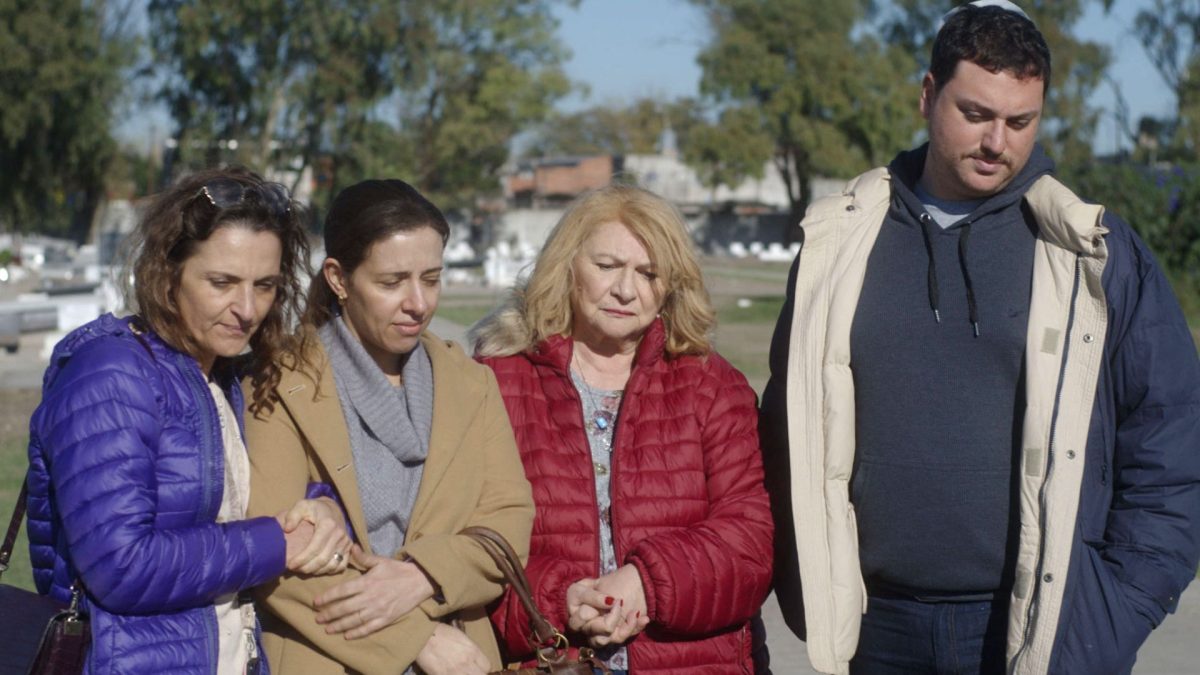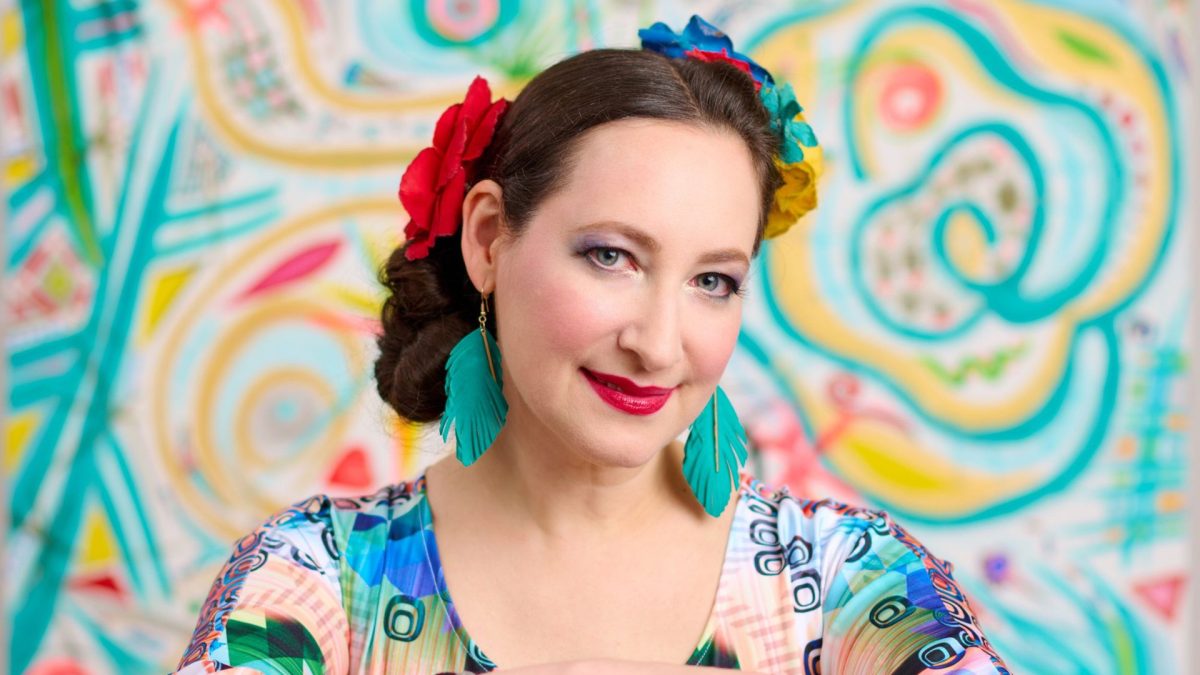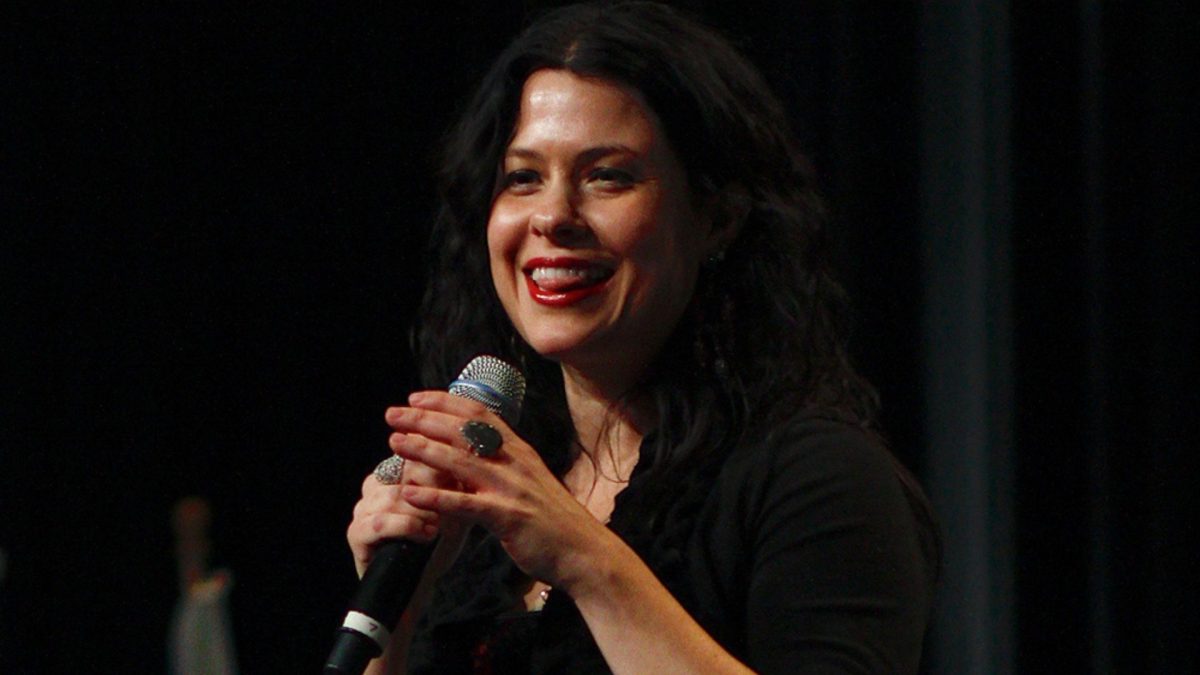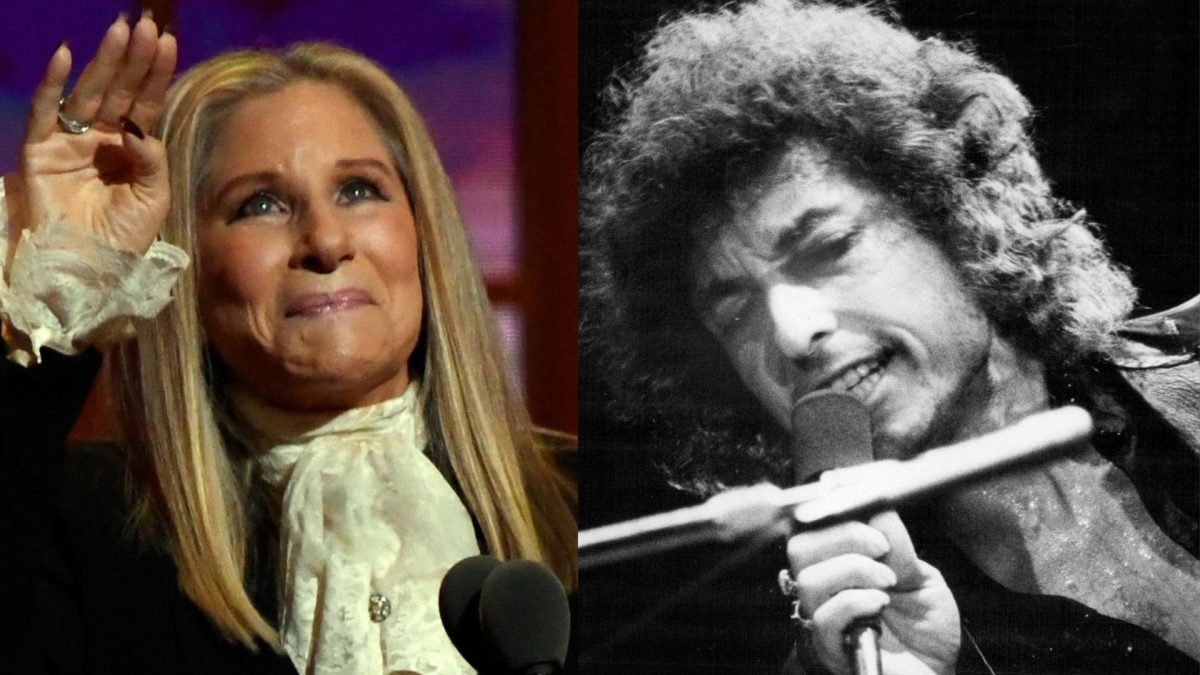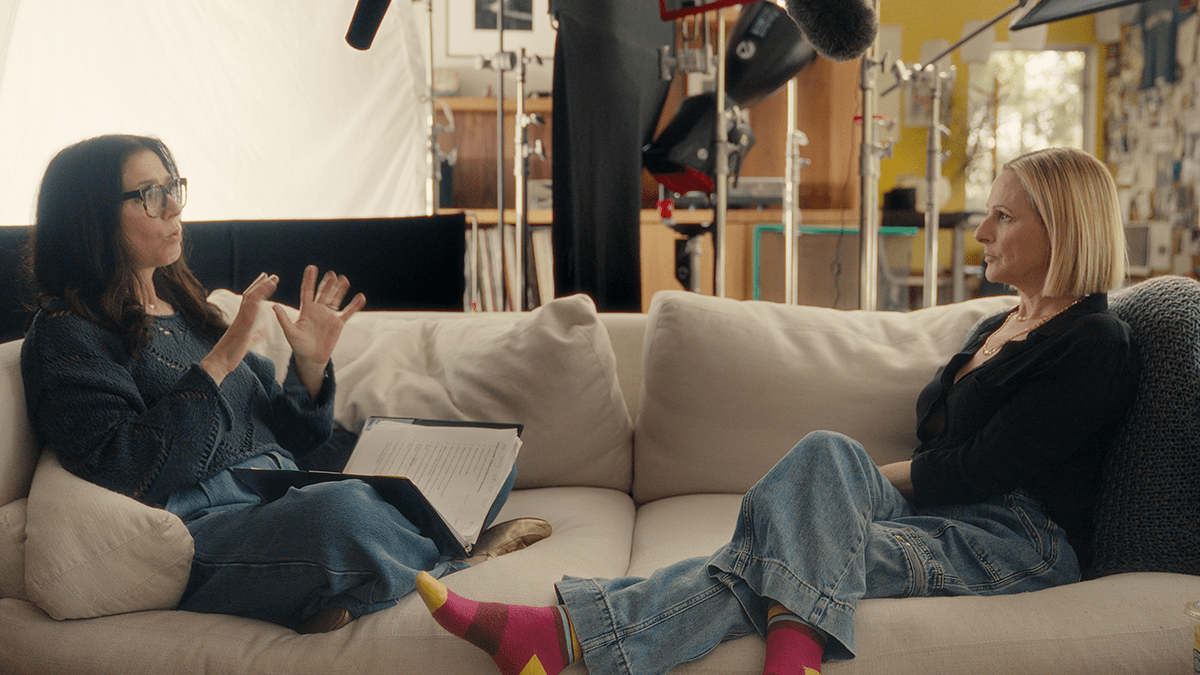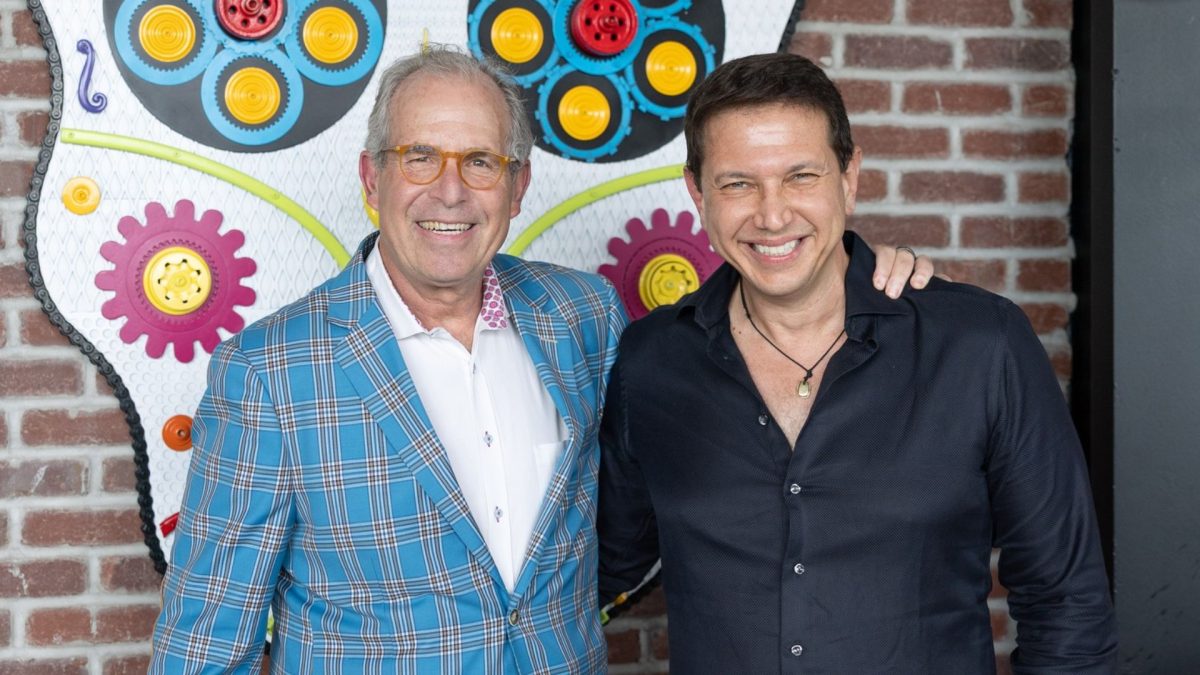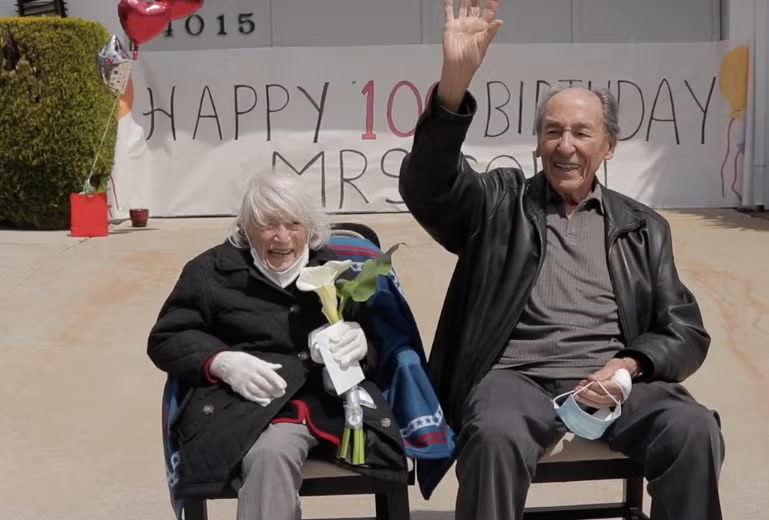The date was August 12, 2022. I was in line at Protzel’s Deli when the mother of an old friend came up behind me and said, “Jordy, why do you publish a ‘Jewish Joke of the Week’ in the Morning Light?” She said it upset her because she believed that in publishing Jewish humor, I was perpetuating Jewish stereotypes and tropes. I did my best to explain my belief that as Jews, we love to laugh and love to laugh at ourselves. I also explained that we laugh at the very things we as Jews identify as being Jewish.
My answer seemed to satisfy my old friend’s mother for a moment. Then, she said, “I just don’t understand Jewish humor sometimes.” That got me thinking, How does one understand Jewish humor? Why do we think of Jews as funny? Should I have ordered the Schlepper instead of Ronny’s Special?’
Clearly, I was dealing with a lot of big picture questions I was not equipped to answer. If only I could find someone who could explain Jewish humor.
Explaining Jewish humor
On March 21, 2024, YIVO is launching an online course that explains Jewish humor like never before. The title of the course even incorporates a joke I once used:
“What did the waiter say to the Jewish mothers sitting in a restaurant? ‘Hello, is anything OK?'”
Is anything OK? The history of Jews and comedy in America
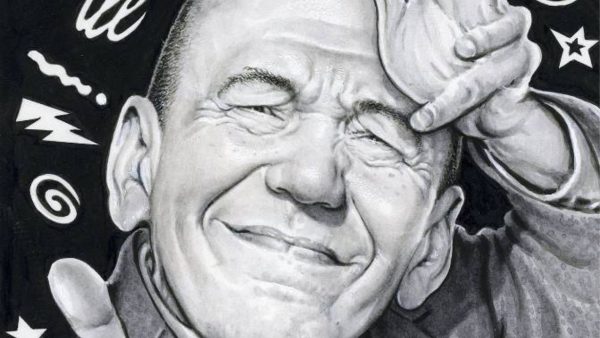
YIVO’s new online course will delve into the history of Jewish humor, focusing on the explosive development of Jewish comedy in the United States. Drawing from a tradition of lively Talmudic discussion and Jewish wedding jesters in Eastern Europe, Ashkenazi Jews developed radically new forms of comedic output in the 20th century, from the earliest jokes told on the Lower East Side to the comedy routines honed in the Catskills.
“To do this, we started with traditional Jewish texts. We searched to see if there is humor in the Tanakh and the Torah,” said Ben Kaplan, director of education at the YIVO Institute for Jewish Research. “And if there is, what kind of humor is that? What is the nature of the laughter in those texts?”
From there, YIVO examined questions of how Jewish humor developed over the centuries as Jews moved around the world.
“So when Jews come to the United States, how does the humor change? How does it help them navigate this very challenging immigrant experience and issues of assimilation and cultural erosion and antisemitism that they encounter?” said Kaplan. “And they’re changing socioeconomic status and their relationship to other ethnic groups in the United States. All of these issues can be looked at through this story of Jewish humor in America or Jewish comedy in America.”
A ‘who’s who of Jewish comedy’
YIVO’s seven sessions utilize hundreds of unique archival objects, including vintage jokebooks, early comedy records, film, television, and radio clips, photographs and posters, as well as interviews and discussions with comedians and comedy writers such as W. Kamau Bell, Lewis Black, Jena Friedman, Marc Maron, Paul Reiser, Modi Rosenfeld, Billy West, Alan Zweibel, and YidLife Crisis co-stars Eli Batalion and Jamie Elman.
Scholars and academics including Jennifer Caplan (assistant professor of Judaic Studies – University of Cincinnati, author of “Funny, You Don’t Look Funny: Judaism and Humor from the Silent Generation to Millennials),” Jeremy Dauber (Atran Professor of Yiddish Language, Literature, and Culture – Columbia University), Avi Patt (professor, Doris and Simon Konover Chair of Judaic Studies – University of Connecticut), Eddy Portnoy (senior academic advisor and director of exhibitions – YIVO Institute for Jewish Research), David Roskies (Sol and Evelyn Henkind, chair in Yiddish literature and culture, professor of Jewish Literature – Jewish Theological Seminary), and Michael Wex (author of “Born to Kvetch”).
The courses
The course is divided into seven units, ranging in topics from the roots of Jewish humor in traditional Ashkenazi life in Eastern Europe to the Catskills and Borsht Belt to contemporary Jewish comedy.
‘Roots: Jewish Humor in Traditional Ashkenazi Jewish Life’
Explore how the infusion of humor in everyday Jewish life in Eastern Europe, including traditional Talmud study, life cycle events and the tradition of the badkhn, or Jewish jester, laid the foundation for future Jewish jokers.
‘The Humor of Internal Jewish Conflict’
Learn how tensions in the 19th century between Maskilim and Hasidim led to new forms of Jewish parody and satire. With the rise of modern Yiddish literature, theater, and the press in the mid-to-late 19th century, Jewish comedic output would be forever changed as Jews navigated the transition to a new, modern world.
‘Comedy in the City’
Investigate the role of ethnic stereotypes in early American comedy, including Jewface, a form of vaudeville stage performance. In addition, listen to the comedic music of Tin Pan Alley, and find Jewish content in the cartoons of Betty Boop and Popeye and the films of the Marx Brothers and The Three Stooges.
‘The Catskills/Borsht Belt’
Learn how Jewish immigrants, shut out from mainstream vacation establishments and looking to escape the cramped urban life of New York City, constructed their own summer resorts in the Catskills, giving birth to a radically new form of comic performance. The Borsht Belt proved the ideal training ground for the finest American Jewish comics of the mid-20th century, including Milton Berle, Alan King, Sophie Tucker and Mel Brooks.
‘Spawn of the Borsht Belt’
Follow the next generation of Jewish comics, such as Lenny Bruce, Mort Sahl and Joan Rivers, as they tested boundaries with provocative humor and transformed Jewish comedy with their unforgettable stand-up routines in the 1960s. Learn about the subsequent rise of the comedy club in 1970s New York City and Los Angeles, marking a new mainstream interest in comedy as its own art form within a broader entertainment industry.
‘The Postmodern Comedians’
Touching on the explosive success of “Seinfeld, “The Daily Show” and “Curb Your Enthusiasm,” explore how humor originating in the Asheknazi Jewish experience hit the global mainstream on prime-time and late-night television.
‘Contemporary Jewish Comedy’
As social media and streaming services democratize and disrupt avenues of content creation, consider how Jewish comedians in the first decades of the 21st century construct new possibilities for the future of Jews and comedy around the world.
All the course units are free, online, and are designed to be taken independently of each other. You can register for the courses at yivo.org/comedy.






